Why and how to learn to hand sew your clothes
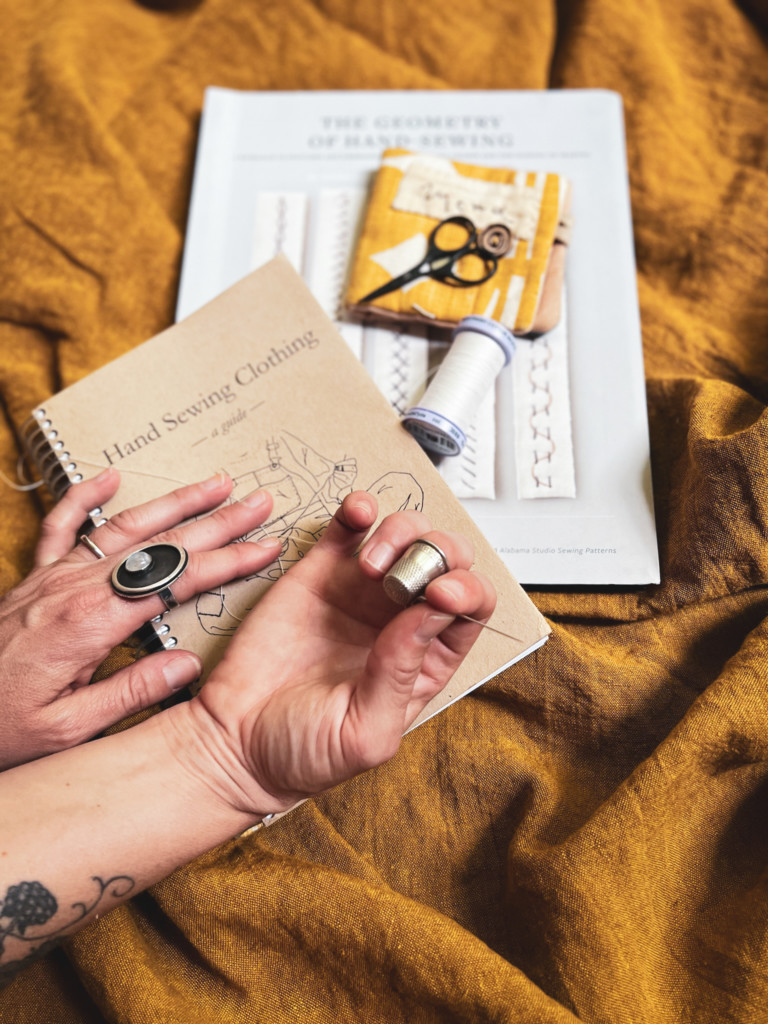
I know a few things to be true about myself:
- Turtlenecks make me claustrophobic.
- I hate watching dramatic television. It gives me nightmares.
- I am not into historical costuming.
The first two are best discussed at a dinner party, but I’ll address the third fact now.
It’s not that I don’t admire those who sew their own historically accurate, jaw-droppingly beautiful, historical garments, I very much do. (The craftsmanship! The patience!) It’s just that my third fact is related to my first fact. Clothes must NOT feel like they are swallowing up my body with no hope of escape. The thought of wearing layer upon layer of tightly-bound and excessively heavy fabric is simply not my cup of tea, even if it isn’t meant to be worn every day.
I want my clothing comfortable, functional, and suitable for my modern life.

So I never delved into hand sewing, apart from mending and the occasional basting stitch, facing, or hem, because I thought that hand sewing = into historical costuming and its dedication to authentic production.
My assumption was incorrect. Hand sewing does not equal “only compatible with historical sewing.” I’ve come to believe quite the opposite.
Hand sewing is exactly what modern sewists need, and here’s why:
If you’re anything like me, you aren’t lacking for clothes.
In fact, you likely have a closet that is overflowing with store-bought, thrifted, and, yes – even clothes you made yourself.
If you have a thriving sewing practice, then those handmade clothes can really start to add up, especially after years of pursuing this gratifying hobby.
The sewing patterns and ideas come fast and furious, and often we find ourselves making something that we don’t really physically need, but that fulfills a creative urge or mental health need, such as the challenge of learning a new skill or getting into the creative flow and allowing ourselves to enter fully into the moment while engaging both hands and mind. (For tips on how to maximize your own particular creative personality, I wrote a really fun and informative quiz for my fellow makers!)
In fact, I will argue that us humans need to make things with our hands simply because we are human. To say to us, “Just stop making things since you already have enough!” is like saying to a dog, “Stop chewing on things, you’ve reached your quota!” It is simply part of our nature.
But we can, and should, ask ourselves how we can fulfill this innate desire to make while lessening our impact on the environment.
One answer is hand sewing our clothes.
These thoughts were bouncing around my brain while I was packing for a trip to Florida to visit my in-laws, so I decided to do a little experiment: could I pack a hand sewing project instead of a knitting project? Would it feel similar to knitting in its ability to be both portable and relaxing? And would the finished top be just as wearable as something that was machine sewn?
It took me a week of leisurely hand sewing, including many hours in the car, to finish my hacked Hinterland top. None of it was onerous. Quite the opposite: I found every seam to be a pleasant, relaxing experiment. Not only was I enjoying myself, I found that, unlike some of my machine sewing, I was not tempted to impose arbitrary goals on myself, like “I’m just going to finish this facing, or attach the bodice to the skirt, etc. by the end of this sewing session.” Time moves at a more leisurely pace when hand sewing, and since I could put down my project at any moment and pick it back up at any moment (try hauling around your machine to the beach!) I was simply more fluid in my typically goal-driven approach.
What’s more, I was able to be fully present to my kids while I sewed, unlike a more complicated knitting project that requires counting and being aware of patterns and shaping. With hand sewing, you make a decision about what kind of stitch(es) you’ll use to create the seam, then you just relax into the repetitive work. It’s very meditative.
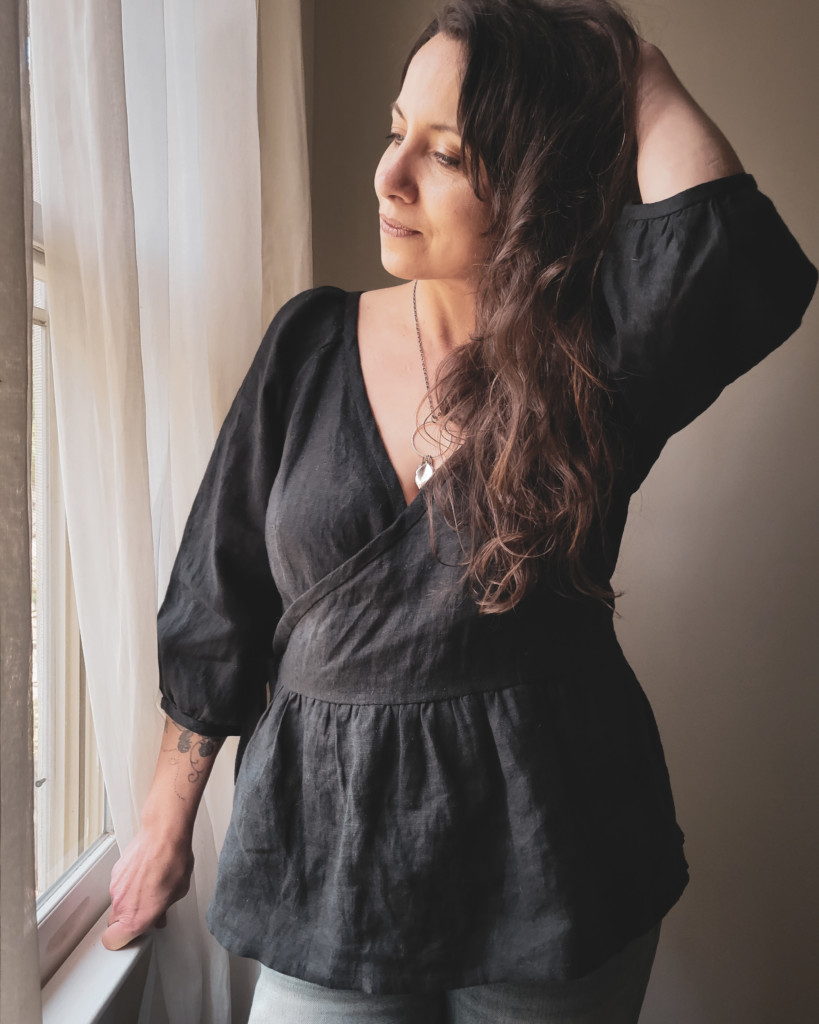
Unsurprisingly, the finished garment is a complete treasure. I love it more than any other piece, as it took me the longest to make … and the making of it didn’t add any stress to my life. I’d say the process actually substantially reduced my stress. I wear it at least once a week, and the seams are very sturdy.
This, for me, is Regenerative Sewing, Sew Liberated’s theme for Me Made May. It does my heart and mind good, as well as slowing down my production/consumption for the benefit of the environment.
Am I trying to get you to retire your sewing machine? Not at all! What I hope is that you might experience the joy of adding hand sewing to your creative practice, and enjoy the slower making process. I know, I run a sewing pattern company, and I would love for you to make things I design. However, the purpose of this business isn’t to get you to buy more sewing patterns. It’s to provide you with the skills and inspiration you need in order to take the act of clothing yourself into your own hands, with all of the mental health and environmental benefits that ensue.
Make less stuff, but more meaningful stuff. Sew more slowly, but more enjoyably. Learn the skills you need in order to approach your craft as an artist, within the constraints of sustainability (shopping for ethically made natural fibers, using what you have, sourcing secondhand fabrics, and upcycling.)
You do not need to hand sew everything. Start with what I call the “hybrid mindset”: sew on your machine when you can, and learn hand stitching techniques to be able to bring your work-in-progress with you as you go about the rest of your life: on your lunch break, on vacation, at your kids’ sports games, etc. Hand sewing, even a few stitches here and there, will ground you and help bring your busy mind back to the moment.
A hybrid mindset can also mean that you sew certain seams by machine, and the trickier parts by hand, such as facings, hems, collars, etc.
For me, when choosing between machine sewing and hand sewing, it’s about asking myself if I need to finish a project by a certain date, or if the deadline is merely self-imposed. If it’s the latter, I’ll give myself the grace to actually treat this hobby as it was intended: a creative act of leisure. There is no rushing leisure time (even though it is massively de-valued in this productivity-worshiping society) and by switching my goal from “done” to “done well and with joy,” I am truly filling my cup.
Resources for learning how to hand sew clothing
Louisa’s self-published book, “Hand Sewing Clothing: A Guide,” is everything you will need to jumpstart your hand sewing skills. Accompanied by darling, hand-drawn illustrations and thoughtful essays, Louisa outlines all of the stitches you’ll need, and where in the garment to use them.
I also really enjoyed learning more about Louisa and her work on the Check Your Thread podcast, both episodes 15 & 16.
Sarah is apprenticed at Colonial Williamsburg and is a Journeywoman in Mantua-making and Millinery. I love her hashtag, #RememberWhatYourHandsCanDo. Sarah has a variety of on-demand online hand sewing classes as well as offering private, online hand sewing classes.
Alexis Bailey of Fibr and Cloth
Alexis is a multi-talented thread and cloth artist who sells hand sewing supplies as well as e-books about hand sewing. She occasionally has hand sewing garment kits available, including a kit for our Strata Top pattern.
Brooks Ann’s interview on the Love to Sew Podcast is such a fun peek behind the scenes of a former NYC costumer and current bespoke formalwear designer and maker. Her take on the benefits of hand sewing is definitely worth a listen.
Watch our first Vlog / IG Live about hand sewing
(And lots of other topics, such as #RegenerativeSewing, mending tips, pattern and project sneak peeks, and Meg’s illiteracy when it comes to pop culture. 😉 ) Apologies that we aren’t looking directly into the camera here … we were looking at another phone that was recording for IG Live. Rookie mistake!


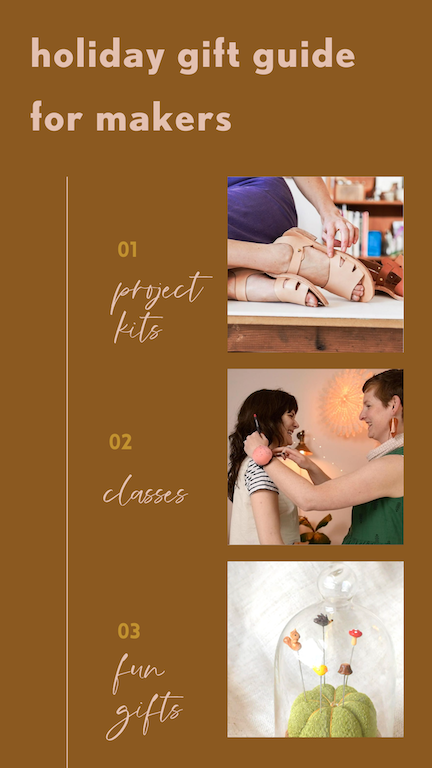
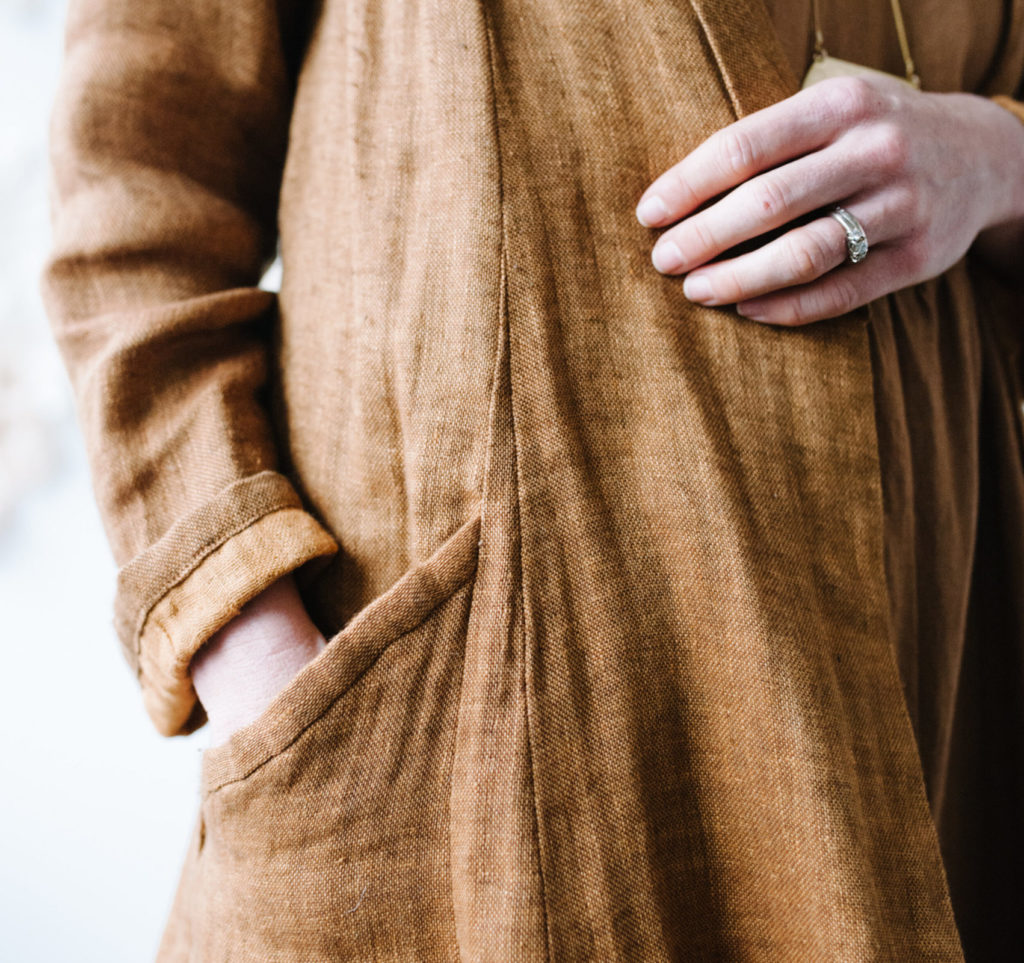
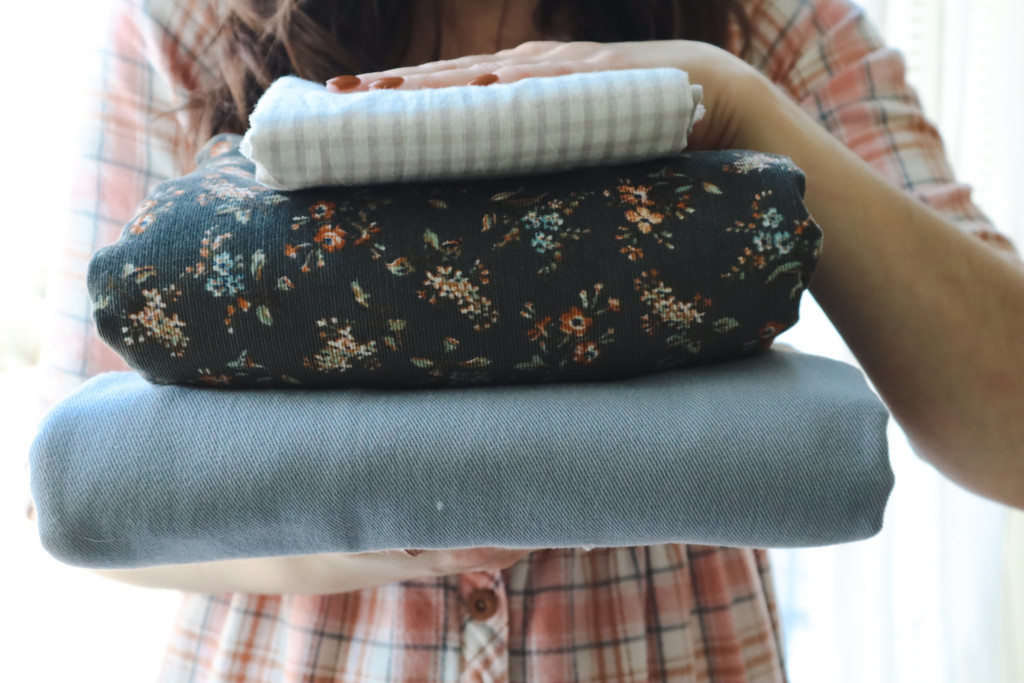
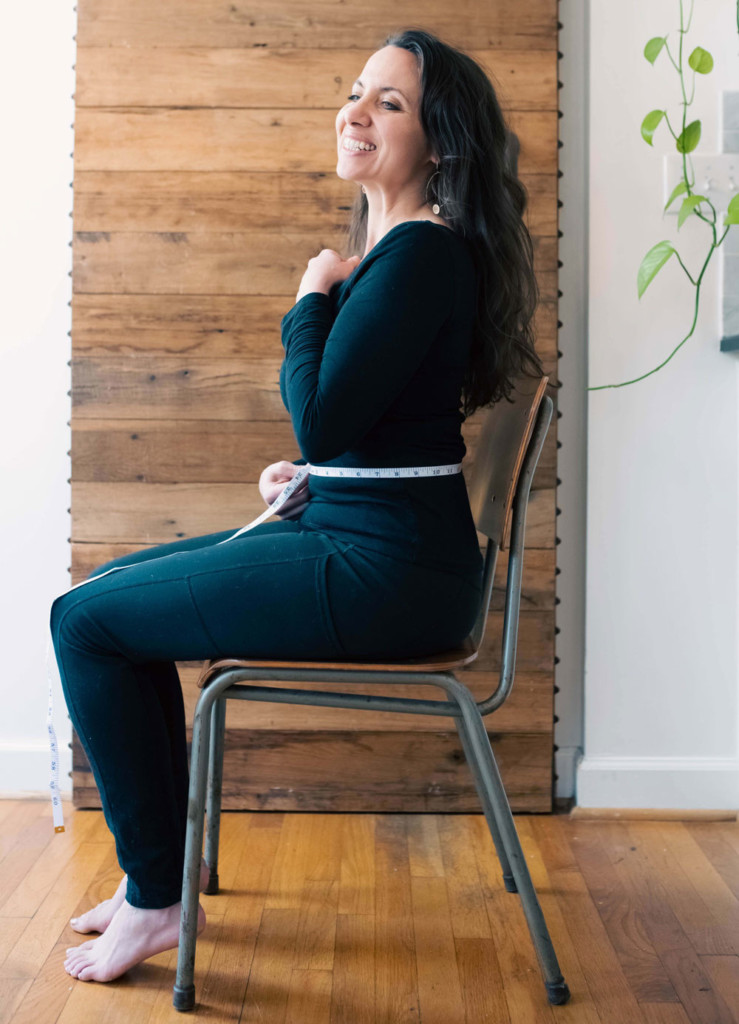
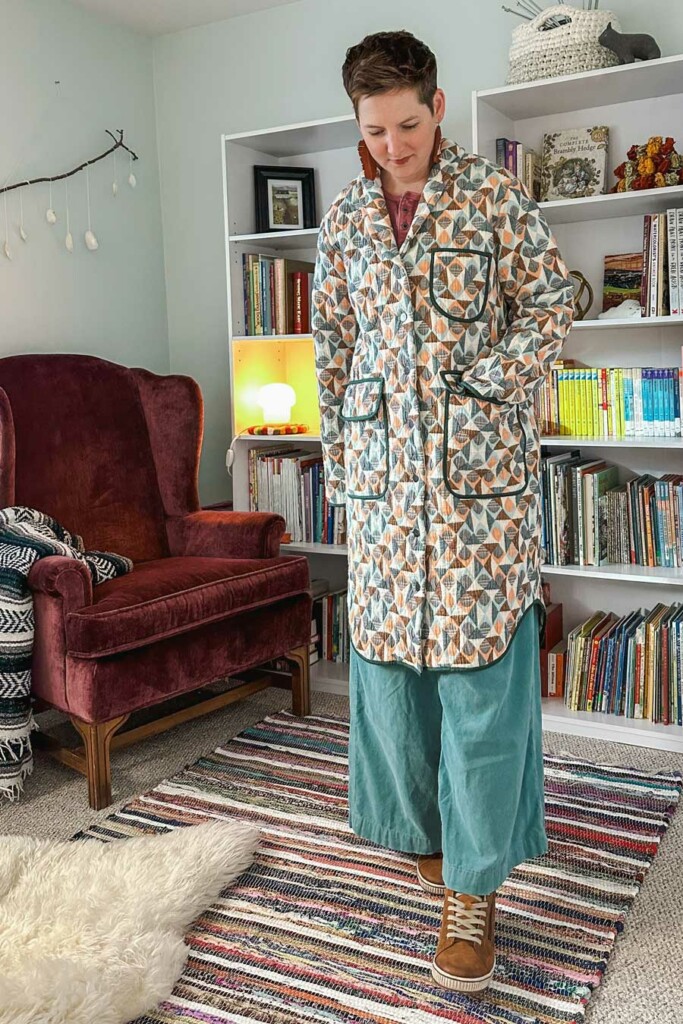
Such an interesting article with great tips!
Loved the vlog 🤩
Thank you, Anneke – glad you enjoyed it. It’s been a real pleasure these past few months to deep dive into the topic.
SOOOO excited for the new pattern!! Really enjoyed watching your vlog – thanks for posting as I didn’t get a chance to watch it live.
You’re so welcome! Glad you liked it. I still have a few tech kinks to work out. 😉
Thanks for posting this interesting post :)….and the additional resources on hand sewing. The idea of hand sewing a complete garment, whatever it is, giving myself permission to sew like that…is fantastic..breaking away from the traditional sewing machine…..and knowing it will work out at the end.
Bravo pour cet article sur la couture à la main. Je coud à la machine mais chaque été, j emmène avec moi un ” ouvrage” à coudre à la main. Tellement relaxant 😊J appelle ça une Couturette💖
C’est beau d’avoir un projet d’été comme celui-ci ! La couture à la main est merveilleuse pour les vacances.
Meg – you’ve got my wheels turning and I love this idea of slowing down. Thank you for sharing and keep it coming. You and your team are sewing inspiration!
Your vlog popped into this rainy west coast day with brightness and spring energy ~ what an uplifting, refreshing, even comforting take on sewing the clothes we wear!!! Thank you Meg and Meredith ~ your joy is catchy!
I can’t wait to sew the Studio Tunic next week especially since seeing your striking hand-sewn version. I’m going to try that…. so I signed up for Sarah Woodyard’s class to learn how.
Also, the Hinterland dress you showed (I bought the pattern years ago) is stunning, and reminds me of many thrifted dresses I wore in younger years. Did I hear correctly that Judith will be doing a pattern-making workshop on that specific dress? If so, when will this happen?
You are an exceptional team of thoughtful, caring people and I wish you every grace ~ cheers,
Deb
Deb, thank you so much for this kind comment! You heard correctly. We are finishing up that course and hoping it will be available in the early summer. I think you will love it!
Thanks Meredith, I’ll look forward to it!
Do you think the Nest Sweatshirt pattern could be hand sewn by a novice? If the material would make it perhaps too challenging, what alternative fabrics do you think would work well?
This is a great question! I think it could, especially if you’re using a fairly stable knit. The advantage to that is the seam allowance finishing – you wouldn’t have to worry about fraying fabric with a knit! And it would be a fun, portable project. I probably wouldn’t choose it for a very first project ever, but if you’ve made a few things and are starting to feel a bit confident, it’s probably do-able.
You might run into challenges a few places:
– with the neckline, just because you’re stretching the neck band slightly to fit the neckline
– with the edges of the pieces, if they curl and stretch a bit as you’re handling them
– hand sewing a stitch that’s stretchy (backstitch is good but running stitch is not stretchy!)
– hand fatigue from the bulk of the knit fabric
Love it! Another great resource for hand sewing is the Alabama Chanin series of books – they are how I started. I think their patterns are a very approachable way to start hand sewing, with the added bonus of being able to bring in other skills like reverse applique which I find very calming. I can’t wait to try my hand at sewing a Sew Liberated pattern by….hand! Looking forward to more about this from you!
Love the idea of Regenerative Sewing. Yet I think Sustainable really means doing things in a conscious way so as not to use up all the resources. Doing the same thing over and over again is more like Maintenance. Just food for thought!
Thank you for this! I need to research this more and figure out how to handle pressing and whatnot while sewing on-the-go. I brought a simple tank top with me to hand sew while we were in the process of moving, and plan to cut out a couple projects ahead of time in advance of our upcoming move as I enjoyed having a project to bring with me so much. I still wear that hand-sewn linen tank top all the time and it’s held up well even to my rookie stitches.
Hi
I just watched y’all’s vlog and it was awesome. Thank you for making it!
I do a lot of mending (for myself and all my friends) because I love hand sewing.
I would add this about stretchy jeans- I also mend them with a piece of of some other stretchy jeans, making sure to line up the stretch because they probably only stretch one way. Also, I use a stretchy stitch like a whip stitch or a kind of squared zig zag stitch, because who wants to do all that stitching just to have it blow out right away?
I don’t use a stabilizer either, but I make sure the pants are washed first, so they return to “neutral” after getting stretched out from wearing.
Thank you for all the inspiration!
It was so lovely to hear the two chat and share and it gave me some new ideas for approaching my own projects and ideas 🙂
Will you be releasing more of your chats on the website like this? or on YouTube? I’m sure I’m not the only one who finds this format much more comfortable to watch 🙂
Hello, I just came across this post after looking for more info on Louisa Owen Sonstroem. I ordered her book & am excited to get started hand sewing! It’s something I always wanted to do but didn’t have anyone to show me.
After researching hand sewing info, I came across this historical/period dress resource. Just sharing his book: Hand Sewing Stitches for Garment Construction, by Mathew Gnagy. It looks substantial and he applies the information to modern clothing!
Thank you for the inspiration!
I’ve been sewing everyday garments by hand for a few years now, because I enjoy it. I’ve so rarely heard anyone else talk about the value of slowing down while making things. It’s such an important concept! Thanks for putting it into words better than I have managed to do
I love hand sewing as small child then fell in love with my Grandmother’s treadle Singer until now I am a grandmother and want to recover my lost but not forgotten talent.
Amazing, I also learnt sewing from the sewing books when I was a beginner and let me tell you that the books have improved my skills and knowledge on a whole new levels. It’s been a very good journey for me.
Perfectly timed article for me as usual. We are heading away for an extended period on the road and i am cotemplating a hand sewn garment for travel stitching. In your opinion, which of your patterns most lends itself to handstitching?
Love reading your articles
I’m thrilled to find this article. I’m a s l o w person. I want to learn how to hand sew very basic clothing. I’ve had a difficult time finding anyone to say it should be done. This article makes me happy to read.
I have a question – I made the Strata top from a kit by the lovely Alexis Bailey and it hooked me on hand sewing wovens (and on the Strata top!)! I had previously done a lot of hand sewing but all in the Alabama Chanin style with jersey, no hems etc….my question: I am now addicted! I ONLY want to hand sew, and I want to hand sew more of your patterns! What is different? do I just reconfigure the seam allowance to allow for French seams but otherwise use the pattern as it lays? I am not a big machine sewer, so don’t feel super comfortable with machine sewing patterns and wasn’t sure if there would be a lot of little changes to the pattern to convert to hand sewn or if it is all pretty straight forward. Thanks for any intel – and for all you do to bring beauty and joy into this world through your beautiful patterns, amazing classes and informative blog!
Hi Ann, apologies for my delayed response – your comment fell through the cracks! I highly recommend getting a copy of Louisa Owen Sonstroem’s book, Hand Sewing Clothing. It will provide all the tips you’ll need to sew any pattern by hand. In general, you won’t have to change anything about the patterns themselves to hand sew them, though this may come down to personal hand-sewing preferences. For example, I’m so used to sewing with a 5/8 seam allowance that I can reliable hand sew it without guidelines or other markings, but you may prefer to have a wider seam allowance and/or add in seam lines to your pieces before beginning the hand sewing process. Either way, you will be fine! It’s about trying things out and seeing what works best for you!
So welcoming.Hand sewing,I find therapeutic though I own a Pink Singer Machine. I’d love to sew a long Cotton/Linen dress for around the house. I Write, Braid Rugs, Quilt, Hook Rugs, Weave Nantucket Cuff Bracelets and Baskets. True Gemini-No Idle Hands. Visit me Instagram.comdebraponte a Maker,creative.
Thank you so much for this post! I was looking for a way to learn to start sewing garments around my baby, and hand sewing sounds perfect from what you said.